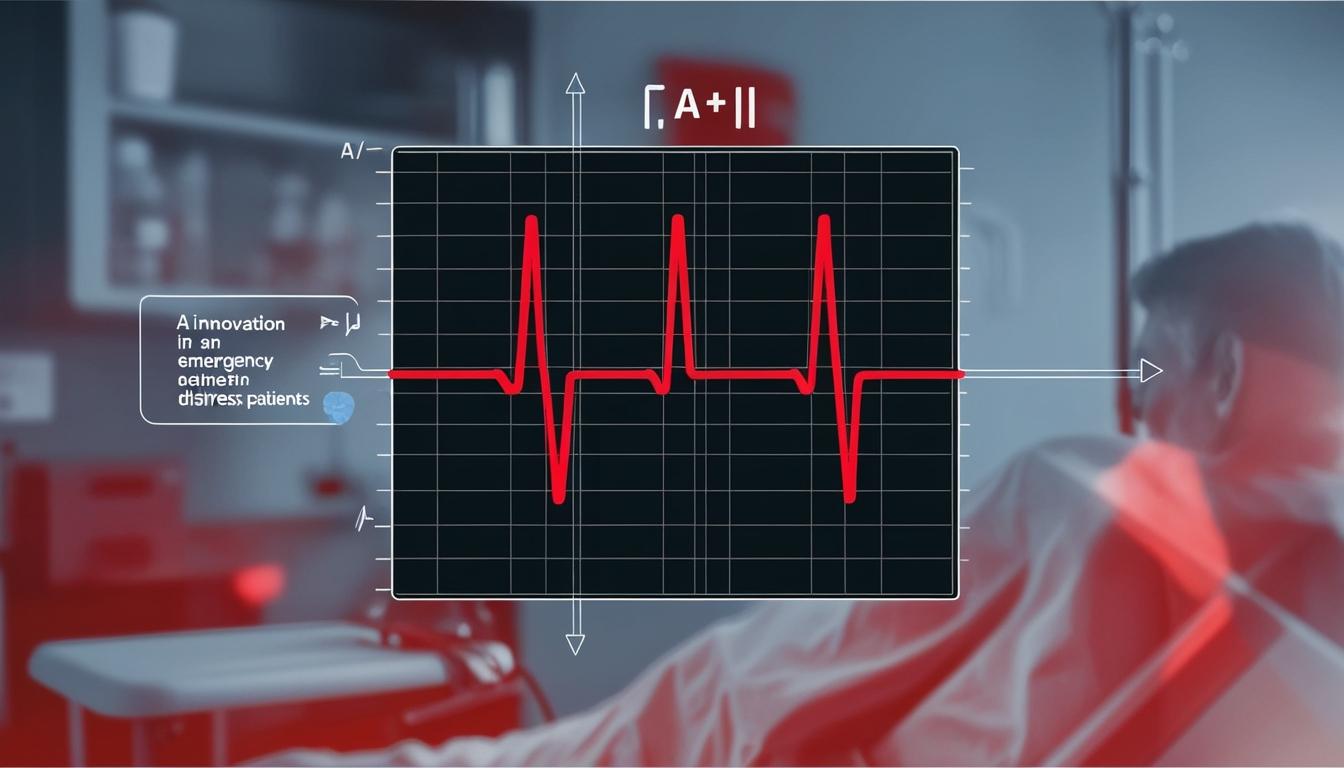Recent advancements in artificial intelligence (AI) and machine learning (ML) are beginning to reshape practices within emergency medical services (EMS), particularly in the prediction and management of serious adverse events (SAEs) among patients presenting with respiratory distress, or dyspnoea. A pioneering study recently published in BMC Emergency Medicine has successfully developed an algorithm that enhances decision-making for EMS clinicians through the analysis of a range of clinical variables.
The study focused on creating a predictive model using gradient boosting trees, which was found to outperform existing assessment tools such as the Revised Early Warning Score (RETTS-A) and the National Early Warning Score (NEWS2). This finding underscores the algorithm's utility in better anticipating SAEs, which could include death within 30 days of ambulance assistance, admission to an intensive care unit (ICU), or readmission to hospital within 72 hours following an initial admission.
The research is notable for being the first to apply these ML techniques specifically to a cohort of dyspnoeic patients assessed by EMS personnel, signalling a significant advancement in pre-hospital emergency care methodologies. The gradient boosting tree model thrives on its ability to handle complex, non-linear relationships within data, combining several weak predictors—such as physiological findings and medical history—to create a robust predictive tool. As previously noted by other studies, there is a strong association of low blood pressure and abnormal oxygen saturation levels with adverse outcomes, both of which were identified as critical determinants in this model.
Drawing on clinical data, the study defined SAE through a binary outcome approach that prioritised the presence or absence of clinically significant indicators rather than their severity. Such a decision aligns with established triage practices, where the focus is typically on the identification of critical events. Future research considerations involve potentially framing SAE as an ordinal variable or adopting a multivariate prediction strategy to achieve more nuanced outcome stratification.
Despite the promising results, the study acknowledges limitations inherent to the complexity of dyspnoea, which can be influenced by numerous factors that are not easily quantifiable within the confines of standard medical records. Variables such as genetics, lifestyle choices, and socioeconomic background, for instance, might interact in complex ways that affect the predictive capabilities of the algorithm.
The researchers also pointed out that compared to in-hospital care, the time patients spend under the care of EMS practitioners is notably brief. Thus, interventions to enhance predictive capability should consider integrating readily available clinical variables beyond vital signs. This makes the inclusion of multifactorial predictors critical, as the breadth of data may improve the algorithm’s application in real-world scenarios.
The study emphasises that the advent of digital decision-making tools leveraging ML could substantively improve pre-hospital assessments, offering EMS clinicians a tailored means to capture intricate patient presentations. In contrast to traditional triage systems which rely on standardised vital sign thresholds, the developed ML model incorporates an extensive array of clinical features, showcasing a promising direction for future predictive modelling in emergency settings.
Further developments will focus not only on validating the model across various EMS environments but also on refining integration with existing workflows and measuring its impact on patient outcomes and the efficiency of emergency care systems. The practical deployment of this EM-based ML model, ensuring its real-time functionality and adaptability to the dynamic nature of EMS operations, will be key to achieving its full potential in improving patient care.
Source: Noah Wire Services
